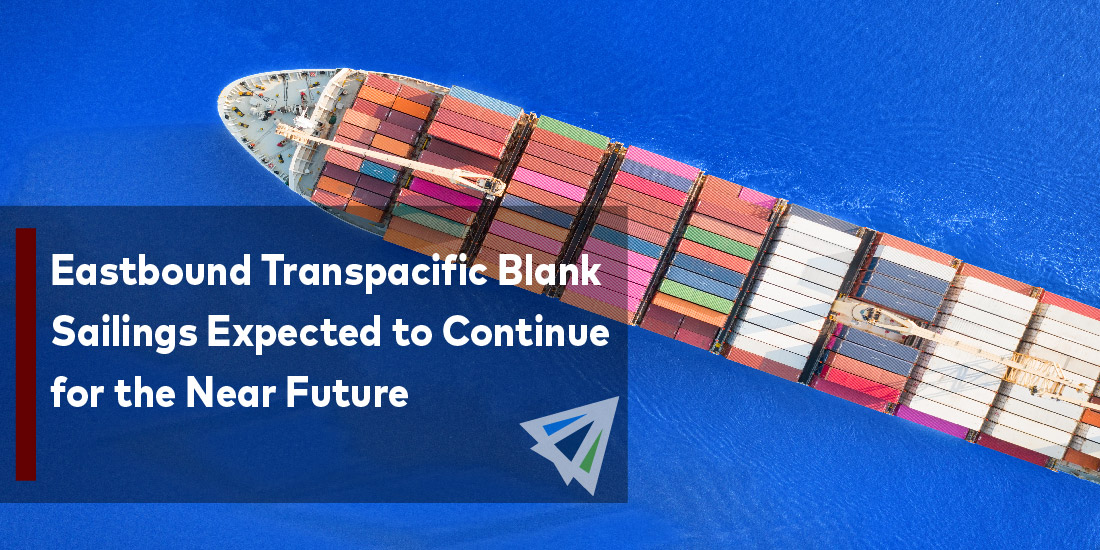Blank sailings on the eastbound transpacific trade lane are expected to continue (due to oversupply) for the time being, and potentially into the Lunar New Year – which is on February 10 (factories in Asia are typically closed for one to two weeks).
A blank sailing is a cancelled shipment – meaning an ocean vessel is skipping an entire port or shipping route, typically cancelled by a carrier.
There’s a variety of reasons but a couple of the most common ones are low demand (to not flood the market with excess capacity) and reducing “strings per week.”
Blank Sailings Announced for Golden Week and Beyond
Golden Week is nearing the end of its celebrations, and looking into the near future, ocean carriers are taking a more cautious approach.
There’s been a decent amount of fluctuations surrounding blank sailings throughout the major shipping trade lanes, which further reflects how the global shipping industry has been influenced by market conditions, disruptions, and demand patterns.
Early this year, blank sailings hit their highest point at 21 percent but then dropped to 10 percent in weeks eight to 12, which indicates industry stabilization – as shown in the graph below (courtesy of Drewry).
Source: Drewry Cancelled Sailings Tracker
Another way carriers have been managing capacity, besides blank sailings, is reducing vessel speeds from Asia to North America.
CEO of Sea-Intelligence Alan Murphy expects the transpacific lane to be dealt with excess vessel capacity, modest increases in import volumes and downward pressure on freight rates for the next three to five years, the JOC reports. “It will take four to five years to fill the ships. Massive over-capacity will stick with us,” Murphy states.
The Impact of Blank Sailings
The impact of blank sailings can have a range of impacts for a variety of different parties, including but not limited to shippers, container suppliers, and port operators.
For shippers – blank sailings can cause delays, higher wait times and disintegrate schedule reliability.
For container suppliers – blank sailings can disrupt container turnaround times and lead to container imbalances, like shortages in one area or a surplus inventory in others.
For port operators – blank sailings can impact port operations by the shifting of ship volumes. This can impact port personnel workload, disrupting planned sailings, and possibly causing cargo flow to be interrupted.
Looking Ahead
Should you have any questions regarding this and how it could impact your shipments, please reach out to our team today.
Additionally, we have our weekly market updates that can provide you with relevant freight news, updates, developments across the industry, and more.
